Conifer Tour
The JC Raulston Arboretum has long led the push to diversify the selection of conifers that are available for planting in Southern gardens. This conifer collection was one of the first research collections in the Southeast to show the adaptability of a wide range of conifers to the hot, humid climate, and heavy clay soils of our region. Prior to the establishment (and subsequent promotion) of many of the conifers in our collection, Southern landscapes did not contain such now-familiar conifers as Chamaecyparis (Hinoki and Sawara false cypress), and Cryptomeria (Japanese cedar).
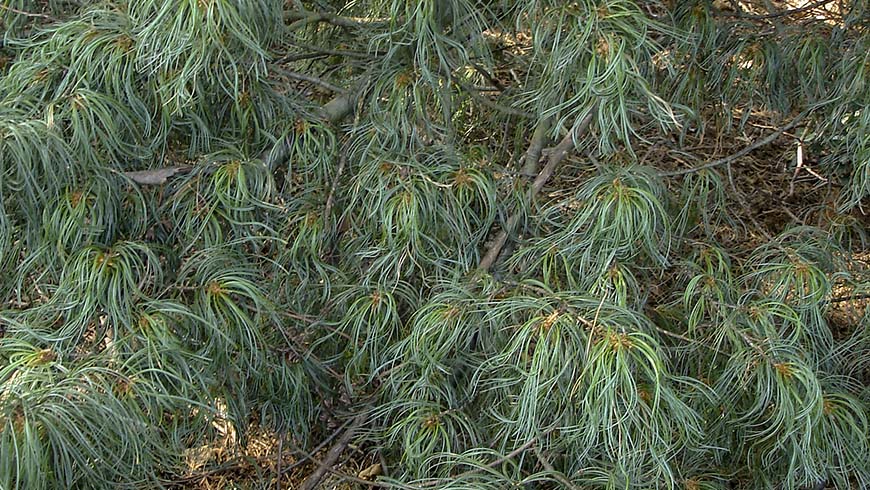
Beautiful Natives (station #1)
Start your tour at the Bobby G. Wilder Visitor Center with mature specimens of our native Eastern white pine, Pinus strobus. There is no precise record of when these were planted, but it is believed they were planted by J. C. Raulston sometime in the 1980s. 'Pendula' is a large and interesting form, with blue-green needles. 'Torulosa' is has twisted and contorted branches and needles. Either would make a lovely focal point in a medium to large garden.
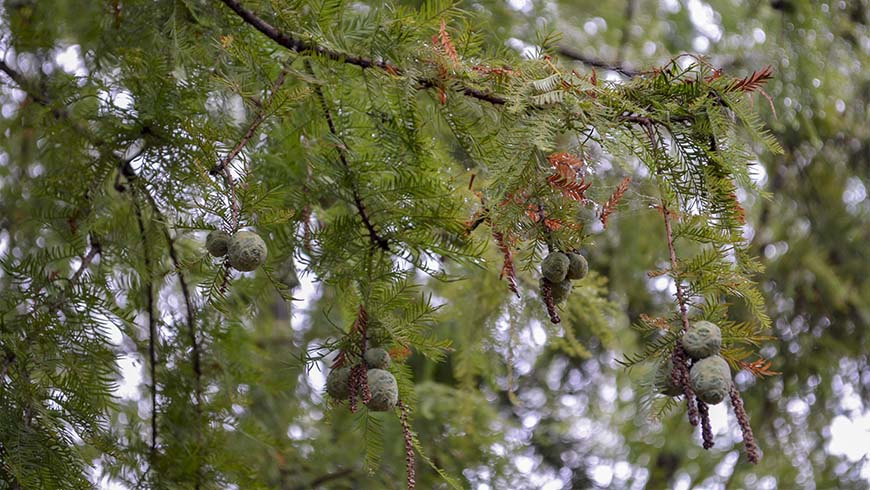
Deciduous Conifers (station #2)
A few varieties of conifers lose their needles in winter-this area boasts several large examples. Dawn redwood, Metasequoia glyptostroboides, was known only through fossils and considered extinct until 1941, when an enormous living
specimen was discovered by Chinese forester, T. Kan. In 1948, The Arnold Arboretum of Harvard University sent an expedition to collect seeds from Kan 's original tree and distributed seeds and seedlings for trials worldwide. Until collections of dawn redwood began in the 1990s, all Metasequoia in the West could be traced to these original 1948 seed lots and their progeny.
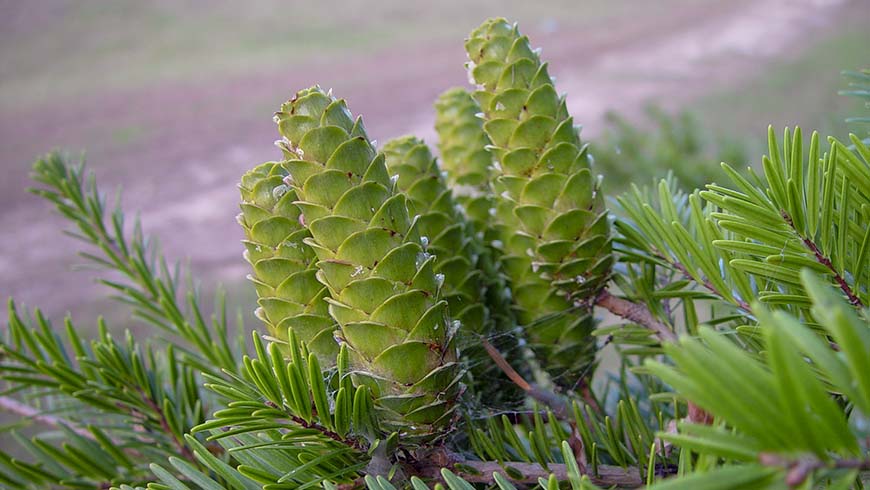
Asian Beauties (station #3)
In the Asian Valley are two conifer species well-adapted to the heat and humidity of the Southeast. Keteleeria davidiana var. davidiana is an unusual conifer native to southwestern China and Abies firma, or Momi fir, is the root stock of choice for Southern gardeners growing true firs (Abies). Many area growers and nurseries are now selling firs grafted onto A. firma, to the delight of home gardeners and conifer enthusiasts.
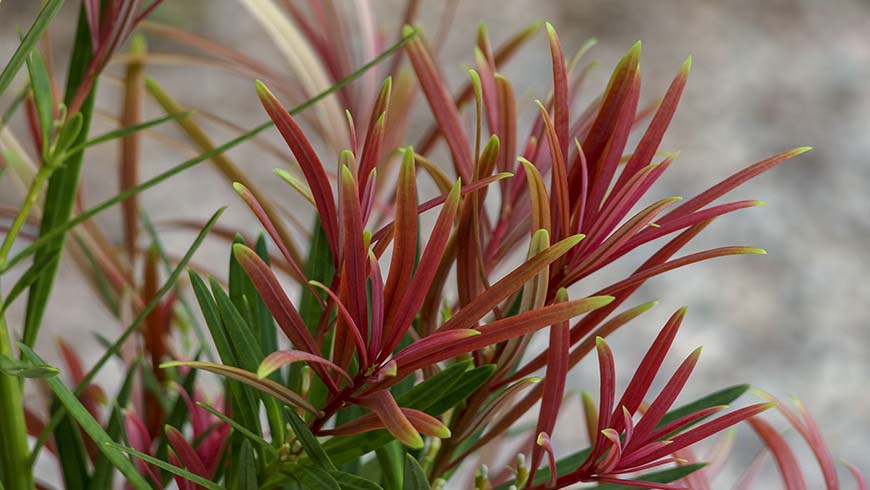
Around the World in Podocarps (station #4)
Species of Podocarpus have a wide distribution across the Southern Hemisphere and north into southern Asia. In the protected confines of the Lath House the podocarps are represented by species from New Zealand (P. alpinus and P. totara), from Japan and Taiwan (selections of P. macrophyllus), and from Bolivia and Argentina (P. parlatorei).
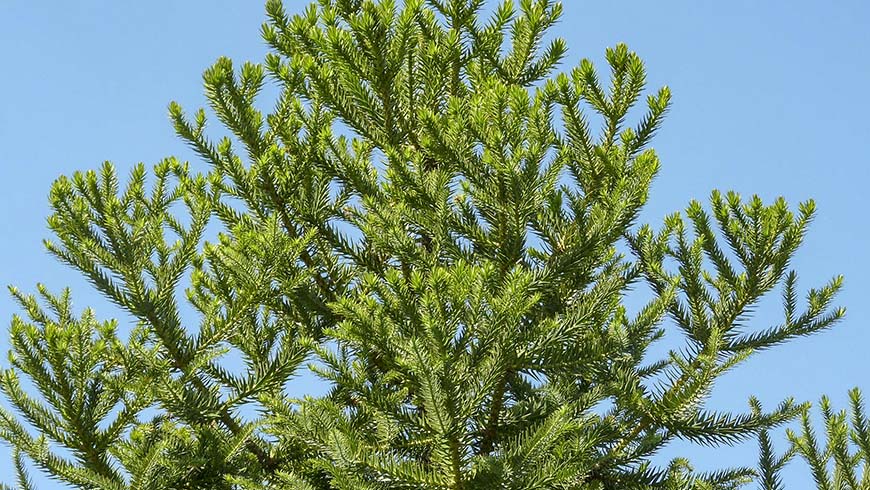
Hybrid Puzzler (station #5)
Araucaria araucana, the Chilean native monkey puzzle tree has long been admired, planted and killed by hapless gardeners in the Southeast. Happily, this hybrid cross of A. araucana with Brazilian A. angustifolia, planted as a three gallon specimen in 2012, gives southern gardeners with large landscapes hope for success with this striking conifer.

A Striped Pine (station #6)
Long, softly drooping yellow-striped needles make the variegated Himalayan pine, Pinus wallichiana 'Zebrina', seem to shimmer in the breeze. It thrives in well drained but fertile soil in sun to light shade.
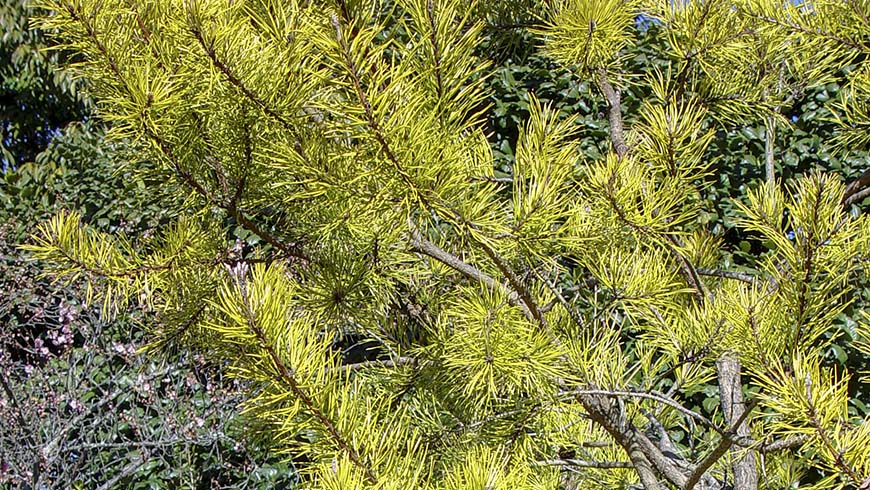
Golden Glow (station #7)
Glowing in the winter sun, the color on this Virginia pine, Pinus virginiana 'Wate's Golden' fades in warmer weather, but lucky you if your visit is during the cooler months! This specimen has a wonderful contorted trunk and heavily textured bark. Virginia pine grows well in our area. Wate's Golden is a medium-sized tree, but dwarf cultivars, such as Pinus virginiana 'Driscoll' are a good choice for the smaller garden.

Japanese Cedar Grove (station #8)
This quiet corner of the Arboretum invites you to relax and contemplate the easy going loveliness of mature specimens of Japanese cedar, Cryptomeria japonica. Try and spot these four varieties: 'Black Dragon', 'Dacrydioides', 'Winter Mint', and C. japonica var. sinensis. All are well adapted to the Southeastern climate and reward the gardener with year round beauty.
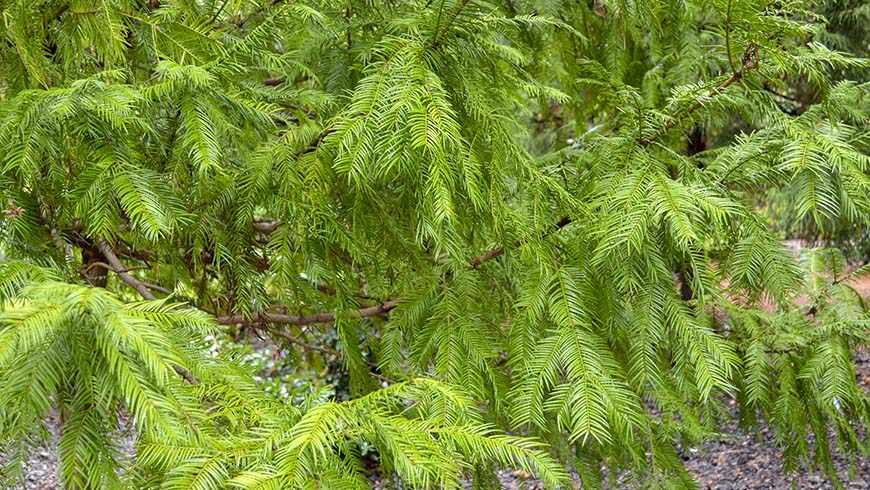
Endangered Jewel (station #9)
Native to Florida and Georgia, Torreya taxifolia is listed as critically endangered on the IUCN Red List. A fungal blight has destroyed 98% of mature trees in its native range, and extinction in the wild is thought to be inevitable. The blight destroys the ability of this tree to reproduce, although the tree may live on for some time. Take time to visit this tree, which soon may be only a memory.
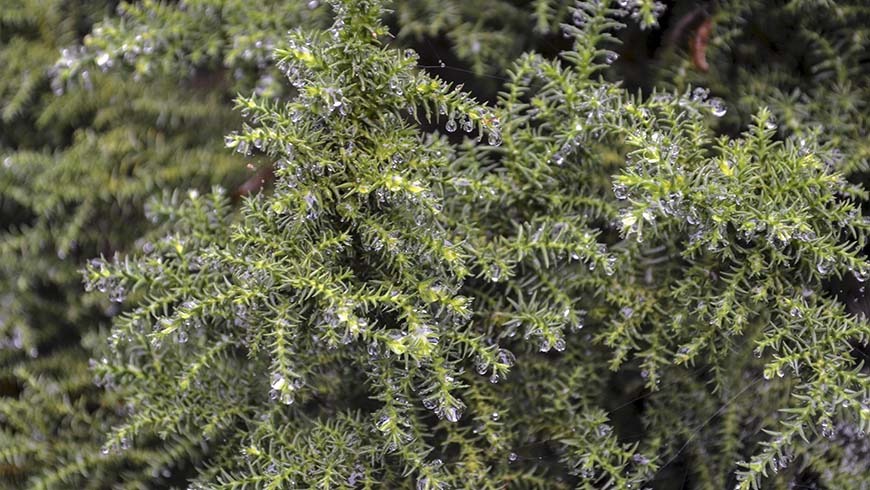
Aged to Perfection (station #10)
Two mature dwarf conifers thrive in this peaceful spot in the Arboretum 's original conifer collection. Planted in 2000, Cryptomeria japonica 'Tansu' has character that comes with time, as does the hedgehog Chinese juniper, Juniperus chinensis 'Echiniformis'. As you can see, dwarf does not necessarily mean tiny. Dwarf conifers are smaller than the species but, given time, they may grow to an appreciable size.
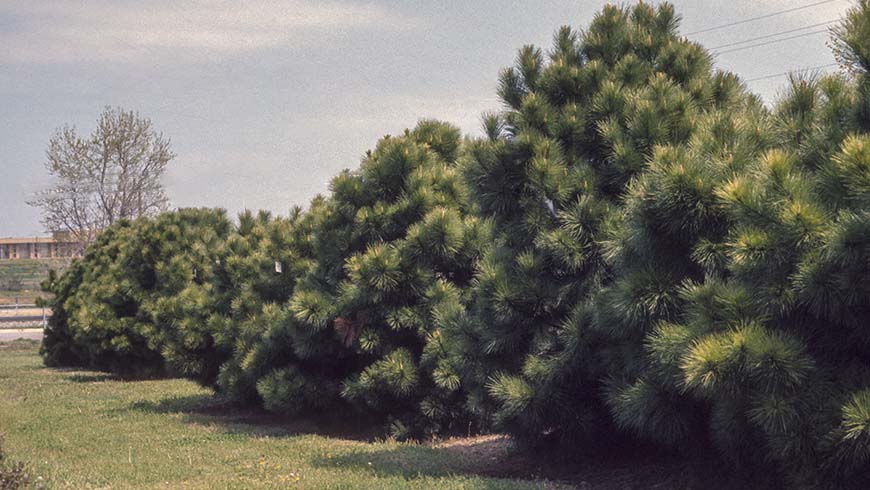
Under the Pines (station #11)
On your way to the new Conifer Garden, stop and admire the five dwarf loblolly pines, Pinus taeda NCSU Dwarf Group, a JC Raulston Arboretum Introduction. This is the world's only collection of dwarf loblolly pines-dwarf being a relative term, as these specimens are in the 20'–30' range. They are excellent landscape plants, very tolerant of hot, humid summers, and heavy clay soils.

Conifer Garden (station #12)
This new area was begun in 2013 with funds from a Southeast Region Conifer Society grant, and the collection expanded with another S.E. Region Society grant in 2016. Some notable conifers in this area include Pinus strobus 'Squiggles' (CG02), Chamaecyparis thyoides 'Barton' (CG03), Pinus kwangtungensis, Chamaecyparis obtusa 'Special Variegated' (CG05), and Cedrus deodara 'Montrose Veil' (CG07).

